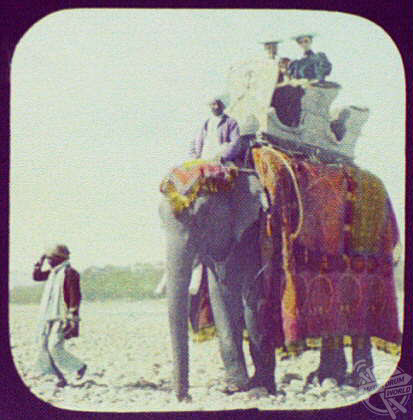
By Alex Jones
FASCINATING 125-year-old colour photos give a rare insight to what life was like in India at the end of the 19th Century.
Remarkable images, taken in 1895, show a woman managing to haul two huge corrugated sheets on her back, native children sheltering their eyes from the fierce sun, and two buskers playing their stringed instruments as shoppers studiously swerve between them.
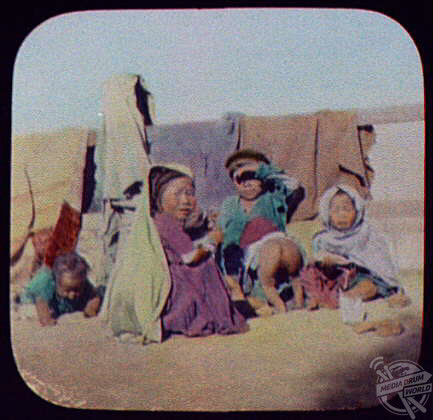
Another lively picture shows a crowd of happy Indians enjoying a bustling festival.
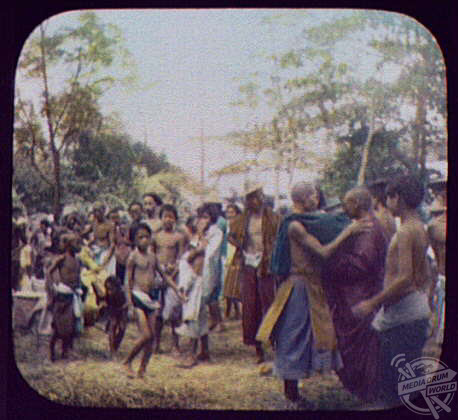
The striking photos were snapped by pioneering American photographer William Henry Jackson as part of an extensive World tour. He travelled through Asia, Africa and Oceania taking photos for the World’s Transportation Commission. The tour, set up by railroad magnate Joseph Gladding Pangborn, was initially organised to explore and examine different railroads systems throughout the world, but Jackson took the opportunity to capture the local people, architecture and landscape during his 1994-1896 explorations. His photos were featured in numerous publications and allowed ordinary people to experience life in countries they could only dream about.
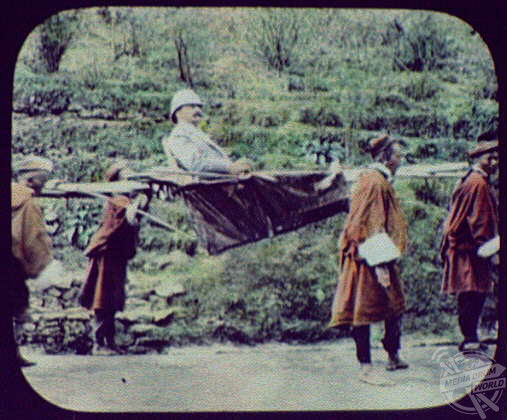
As colour photography was in its infancy all of Jackson’s pictures were on black and white lantern slides. To make the lantern slides look more realistic, certain slides such as these were coloured by hand with dyes and paints.
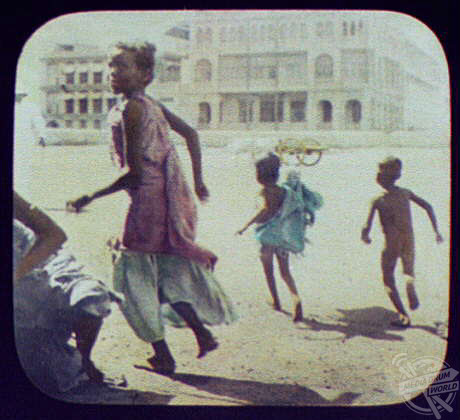
At the time Jackson snapped his captivating pictures, India was under direct British rule and had been for over three decades. Before 1858, when the crown took over, India was under the influence of the East India Company. Throughout its occupation India retained a strong sense of self and the relationship between the Indian population and Britain was often strained. However, it would still be over fifty years after Jackson’s visit that India enjoyed independence (1947).






